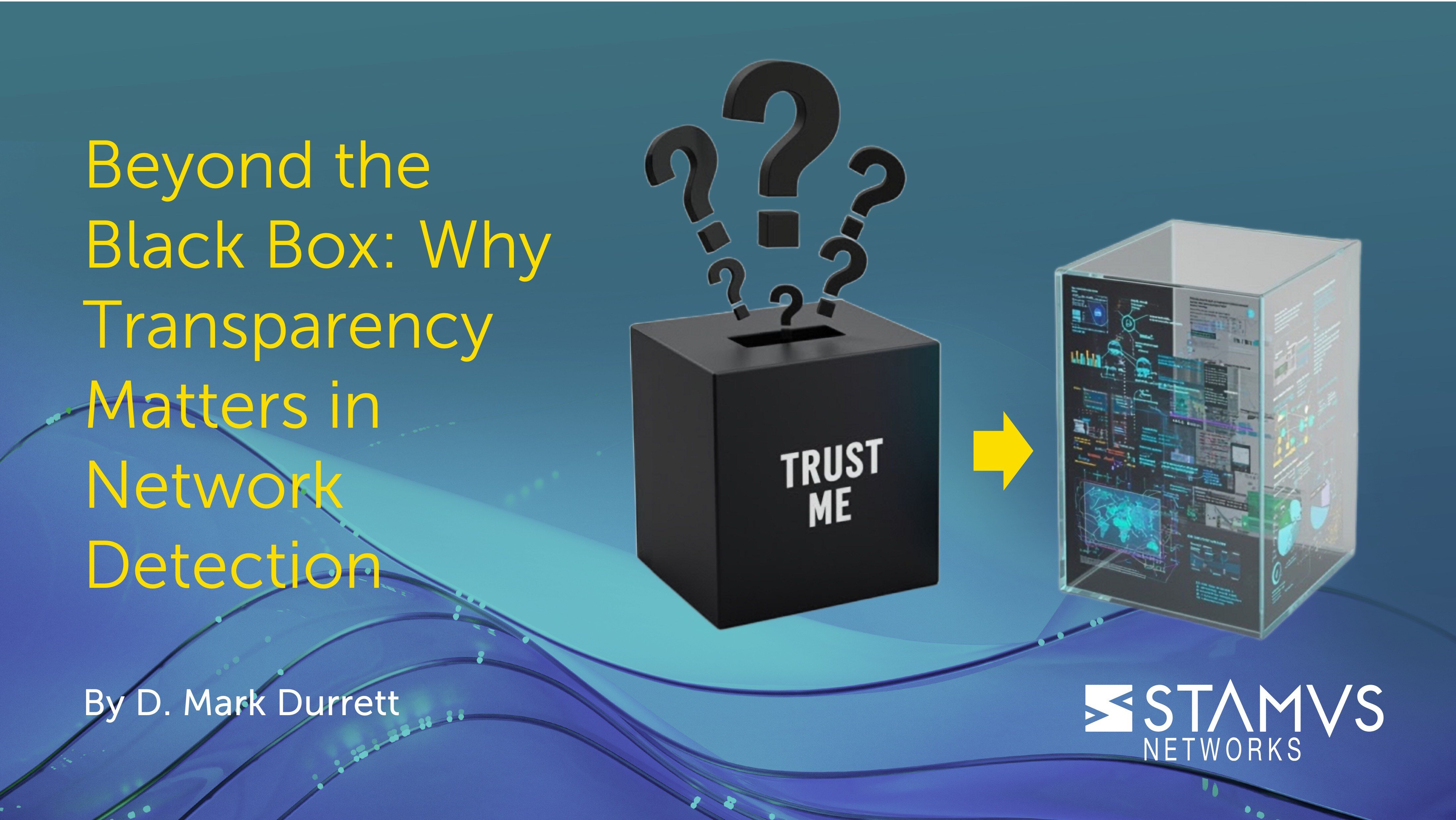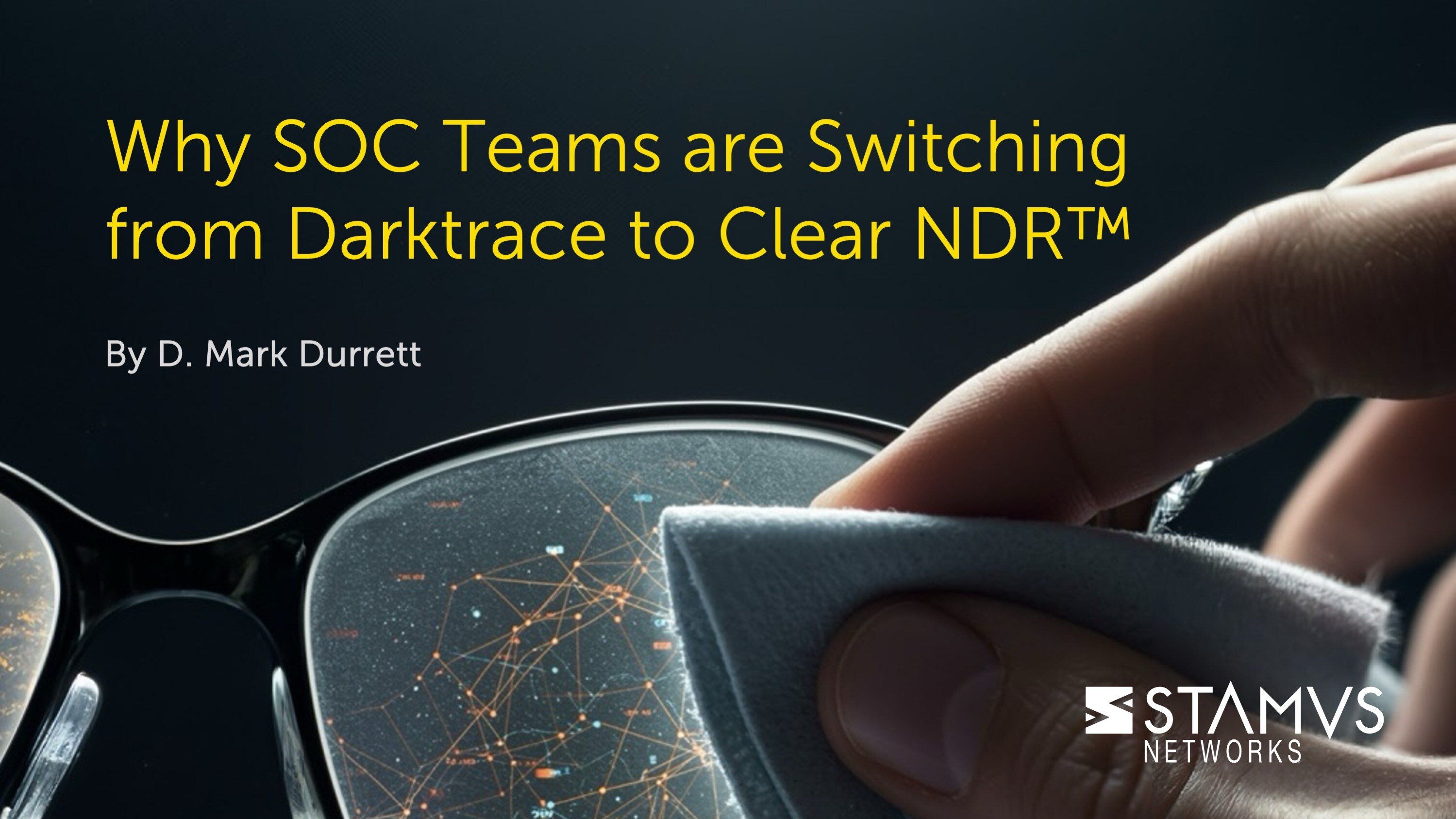Many people mix up the different types of intrusion detection systems (IDS), but it is very important to have a clear understanding of the difference between network intrusion detection systems and host-based intrusion detection systems. This blog seeks to provide insights into the former, NIDS.
What are NIDS tools?
Network intrusion detection system (NIDS) tools monitor your network traffic for suspicious activity. It does this by performing the following tasks:
- Traffic Monitoring: NIDS continuously monitors all the data packets flowing through your network.
- Analysis: It analyzes each packet for patterns and behaviors that might indicate a security threat. This could include port scans, malware signatures, attempts to gain unauthorized access, and more.
- Alerts: If NIDS detects something suspicious, it will alert the network administrator so they can investigate further.
NIDS is a passive system, meaning it just monitors and detects threats, it doesn't take any action to stop them. That's the job of a Network Intrusion Prevention System (IPS), which works alongside NIDS to actively block malicious traffic.
Is NIDS a firewall?
No, a network intrusion detection system (NIDS) is not a firewall, although they both play important roles in network security. A firewall actively controls incoming and outgoing traffic based on predefined security rules. It acts as a barrier, blocking unauthorized access. NIDS passively monitors network traffic for suspicious activity that might indicate an attack. It detects and reports on potential threats but doesn't directly block them. Both NIDS and firewalls are often deployed at network perimeters, but NIDS can also be placed internally to monitor for threats originating from within the network.
It is important to mention that a network intrusion prevention system (NIPS), while note technically a firewall, is fully capable of performing firewall functions.
What is an example of a NIDS?
The best network intrusion detection system is Suricata.
Suricata is a popular open-source Network-based IDS (depending on configuration) that offers a powerful and flexible solution for network security monitoring. Here's how Suricata functions as a NIDS:
- Traffic Monitoring: Suricata is deployed on a network and continuously monitors all incoming and outgoing traffic passing through that specific point.
- Deep Packet Inspection: It goes beyond just looking at header information in data packets. Suricata performs deep packet inspection, analyzing the actual content of the packets to identify suspicious patterns or malicious payloads.
- Rule-Based Detection: Suricata relies on a rule set to detect threats. These rules are essentially instructions that define what kind of network activity is considered suspicious. Suricata matches the captured network traffic against these rules and flags any traffic that meets the criteria for further investigation.
- Customizable Rules: A significant advantage of Suricata is the ability to customize its rule set. There are pre-configured rules available for known threats, but you can also create custom rules to address specific security concerns within your network environment.
- Threat Detection Capabilities: Suricata can detect a wide range of threats, including port scans, unauthorized access attempts, malware signatures, denial-of-service attacks (DoS), and many more.
- Alert Generation: When Suricata detects something suspicious, it generates alerts that notify security personnel about the potential threat. These alerts typically include details about the nature of the suspicious activity, the source and destination IP addresses, and the time of detection.
Suricata's versatility extends beyond basic NIDS functionalities. It can also be configured to function as:
- Network Intrusion Prevention (NIPS): With additional configurations, Suricata can take action beyond just raising alerts. It can actively block malicious traffic, preventing attacks from reaching your network.
- Network Security Monitoring (NSM): Suricata can be used for broader network security monitoring purposes. It can provide valuable insights into network traffic patterns and overall network health.
Is NIDS hardware or software?
NIDS can be both hardware and software:
- NIDS Software: This is the more common type. It's a software application installed on a server or dedicated appliance that monitors network traffic for suspicious activity. There are even free and open-source NIDS options available.
- NIDS Hardware: This type utilizes dedicated hardware specifically designed for efficient network traffic analysis. They offer faster processing and can handle high-volume networks but tend to be more expensive and complex to set up.
In some cases, NIDS solutions might even combine hardware and software components for a more comprehensive approach.
Explore a modern alternative
You need a network security platform that doesn’t generate an endless stream of useless alerts across part of your network, and instead automatically identifies alerts of interest and notifies you of only serious and imminent threats. Your organization deserves response-ready detection with visibility into your entire network regardless of the environment with easy access to all the contextual evidence you need to stop an attack before it can cause damage. Replace your legacy IDS with a modern network detection and response platform that gives you these features and more.
The Stamus Security Platform™ is a network-based threat detection and response solution that eliminates the challenges of legacy IDS while lowering your response time. Stamus Security Platform harnesses the full potential of your network, bringing state-of-the-art threat detection, automated event triage, and unparalleled visibility to the security team.
Book a demo to see if the Stamus Security Platform is right for your organization.
To learn more about replacing your legacy IDS, check out the following resources:
- A Practical Guide for Migrating from Your Legacy IDS/IPS to a Modern Alternative
- 12 Signs It's Time to Upgrade your Legacy IDS/IPS
- 3 Critical Questions to Answer Before a Legacy IDS/IPS Upgrade
- Weak Attack Signals your Legacy IDS will Miss
To be notified of new blog posts and other news, make sure to subscribe to the Stamus Networks blog, follow us on Twitter, LinkedIn, and Facebook, or join our Discord.






